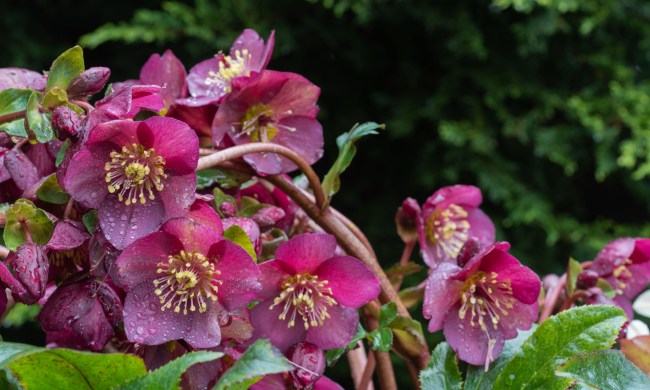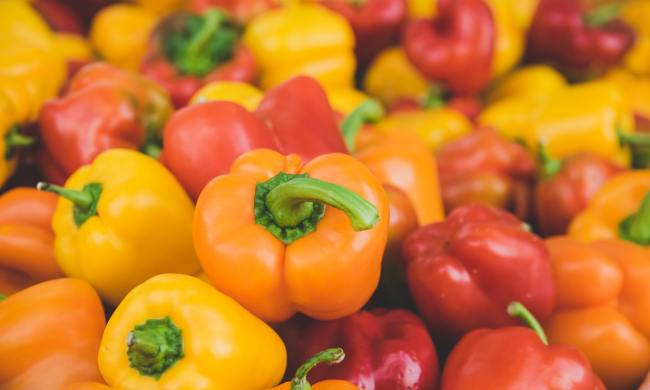Parsnips may not be the first vegetable you think of when planning your ideal garden, but they’re definitely worth trying. These root vegetables are related to carrots, and their slightly sweet, nutty flavor is perfect for soups, stews, or side dishes. Additionally, they’re incredibly easy to grow, making them perfect for beginners or gardeners who don’t have the time and energy to invest in more finicky plants. If you’re considering adding parsnips to your repertoire, then you’re in luck! We have all the details you need to know, from when to plant to how to harvest them.
When to plant parsnips
Parsnips take a long time to grow, so it’s important to plant them at the right time. If you plant them too late in the season, then they may not be ready to harvest in time. You can begin planting parsnips in early spring, as soon as the ground thaws. However, seeds germinate more quickly in warmer soil. This means you’ll see faster growth and a higher success rate if you wait just a little longer. In most regions, you can plant parsnips throughout March and April. However, if you know your region is prone to short summers or falls, you may want to consider planting as soon as possible.
For many vegetables with long growing seasons, it’s a recommendation to start your seeds indoors to get a jumpstart on the growing season. However, root vegetables, like parsnips and carrots, are harder to grow from transplants. This is because root vegetables are sensitive to having their roots disturbed. You can still start your parsnips plants indoors if you use a biodegradable pot and plant the entire pot rather than transplanting them.
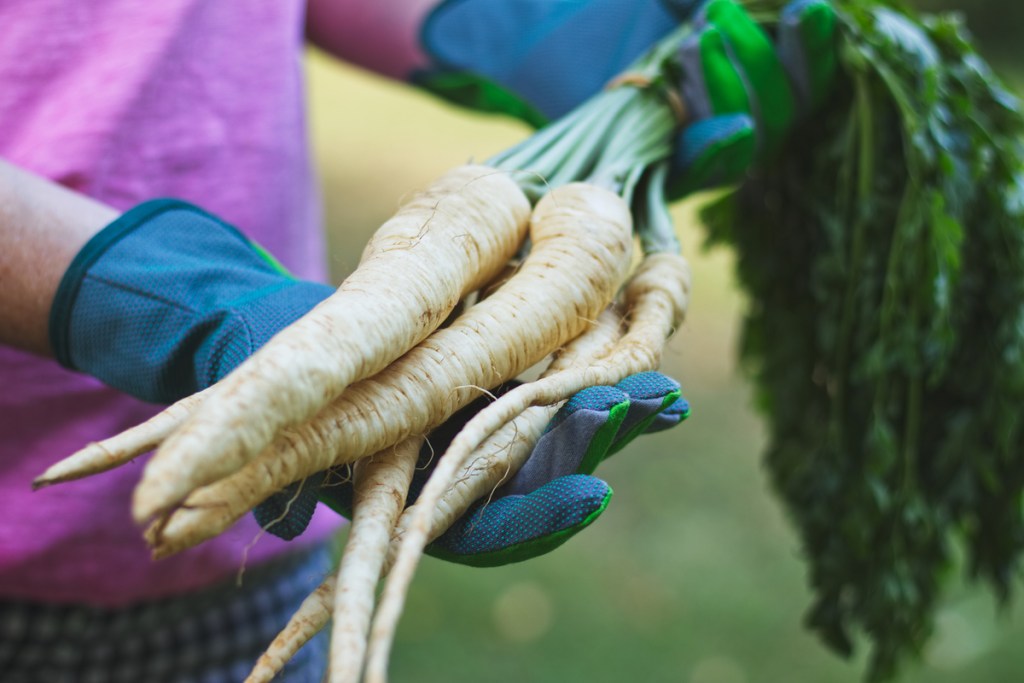
Choosing the right location
As with all root vegetables, it’s important to have loose soil. If you use tightly compacted soil, it can constrict the parsnips as they grow, which may lead to smaller, thinner, or misshapen vegetables. The soil should also be a well-draining type. Avoid dips in the ground where rainwater can collect, as too much water in the soil can lead to root rot.
Plant your parsnips in full sun and use fresh seeds rather than stored seeds. Parsnip seeds don’t store particularly well, so you’re more likely to succeed with fresh seeds. Average or rich soil yields the best results with parsnips. Mixing compost into the top 6 inches of your garden can improve soil quality. Additionally, the act of mixing loosens the soil.
You can plant your parsnips 2 to 3 inches apart and half an inch deep. However, if you’re looking to make the most of the space you have, then you can start them much closer together and thin them afterward. If you choose to thin them, do so once they are a couple of inches tall.
Don’t dig them up, as it’s easy to damage the roots of neighboring seedlings. Instead, clip the stem at ground level with a pair of scissors. Although many root vegetables have edible greens, parsnip leaves contain a toxin that can irritate the skin. Some gardeners eat them anyway, but it’s better to be safe than sorry. Toss or compost your thinned seedlings instead of eating them.
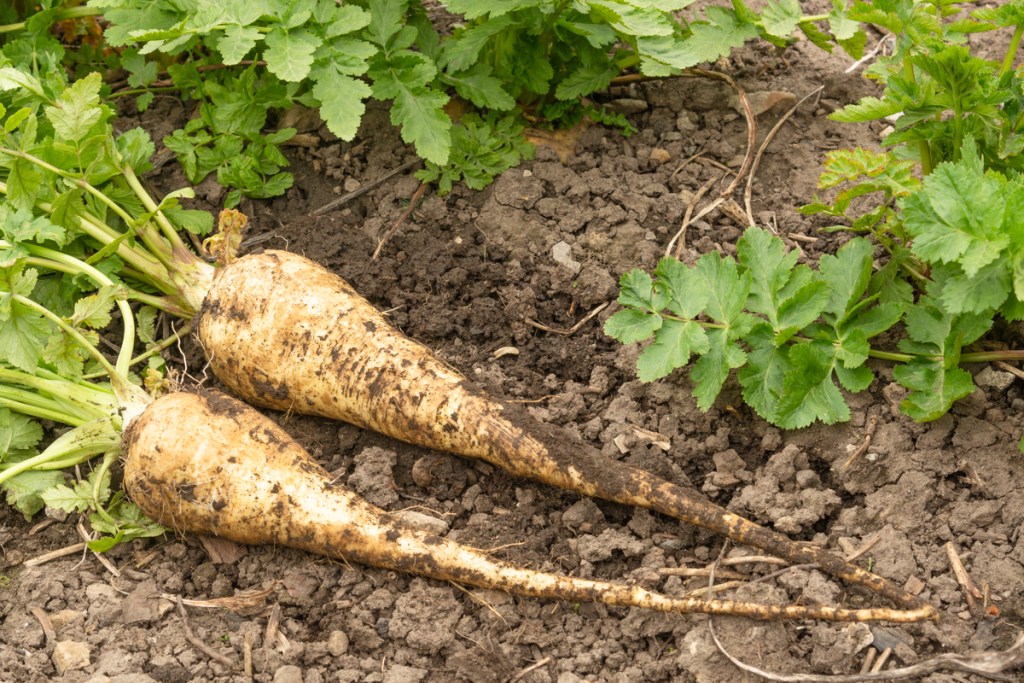
Caring for parsnips
While your parsnips are germinating, it’s important to keep the soil moist but not soggy. Overwatering can cause the seeds to rot, so make sure the soil is just damp. Once the roots are established, you can cut back on watering somewhat. When the roots become visible just above the ground, cover them by building a small mound of soil at the base of the plant. Leave the stem and leaves uncovered, but make sure the roots aren’t exposed to the sun. Much like potatoes, exposing growing parsnips to the sun can damage them.
Parsnips plants don’t need fertilizer, especially if you added compost to the soil before planting them. In fact, fertilizing them can lead to larger leaves and smaller parsnips, as nitrogen (a common element in most fertilizers) encourages leaf growth. Instead, focus on regularly weeding your garden and consider using row covers to keep the plants safe from pests.
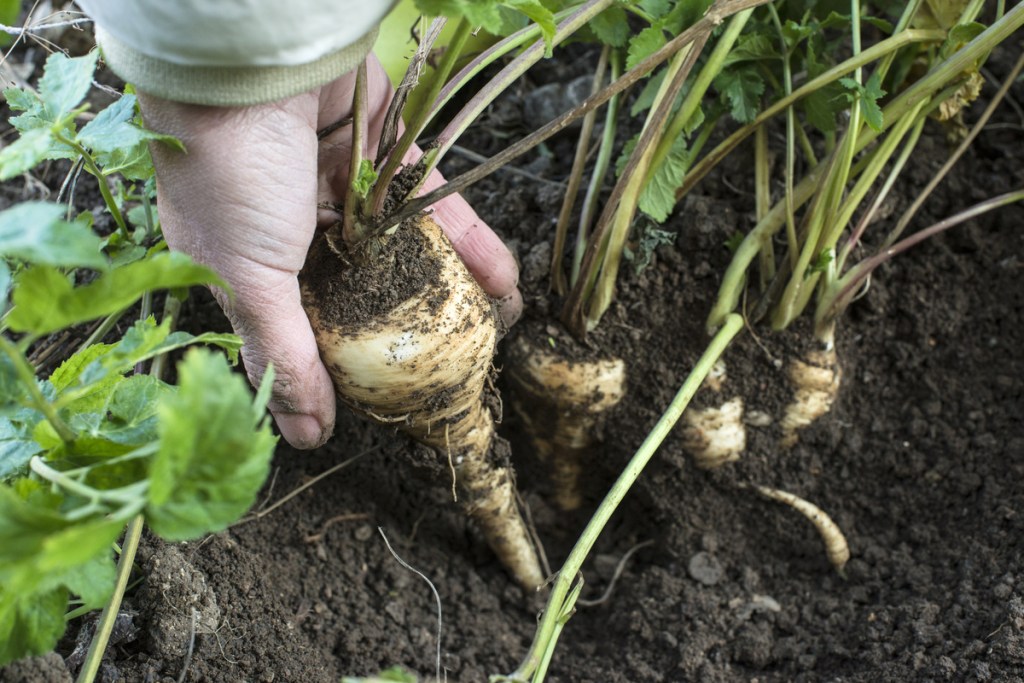
How and when to harvest parsnips
Harvest times can vary depending on what variety of parsnips plants you’re growing, but the average is around three to four months after planting. However, you don’t have to harvest them right away. You can leave them in the ground through fall and even winter in many cases. Some gardeners claim parsnips taste better if you leave them in the ground through at least one frost. This is because of a process called chill sweetening or cold sweetening, where some plants, including parsnips, convert starches to sugars. This helps protect the parsnips from freezing, but it also makes them taste sweeter.
Harvest parsnips by gently loosening the soil around them and then pulling them up by their leaves. You can dig them up instead, but parsnips can grow quite long. It’s easier to pull them up than to dig them out. Remember that parsnip leaves contain a skin irritant, so it’s a good idea to wear gloves.
Parsnips are a great companion plant for other root vegetables, like carrots, beets, and turnips. They grow slowly, but they are large and versatile vegetables. If you’ve never tried parsnips, then you should consider adding them to your garden this spring. They take a bit of patience to grow, but parsnips are well worth the wait.


